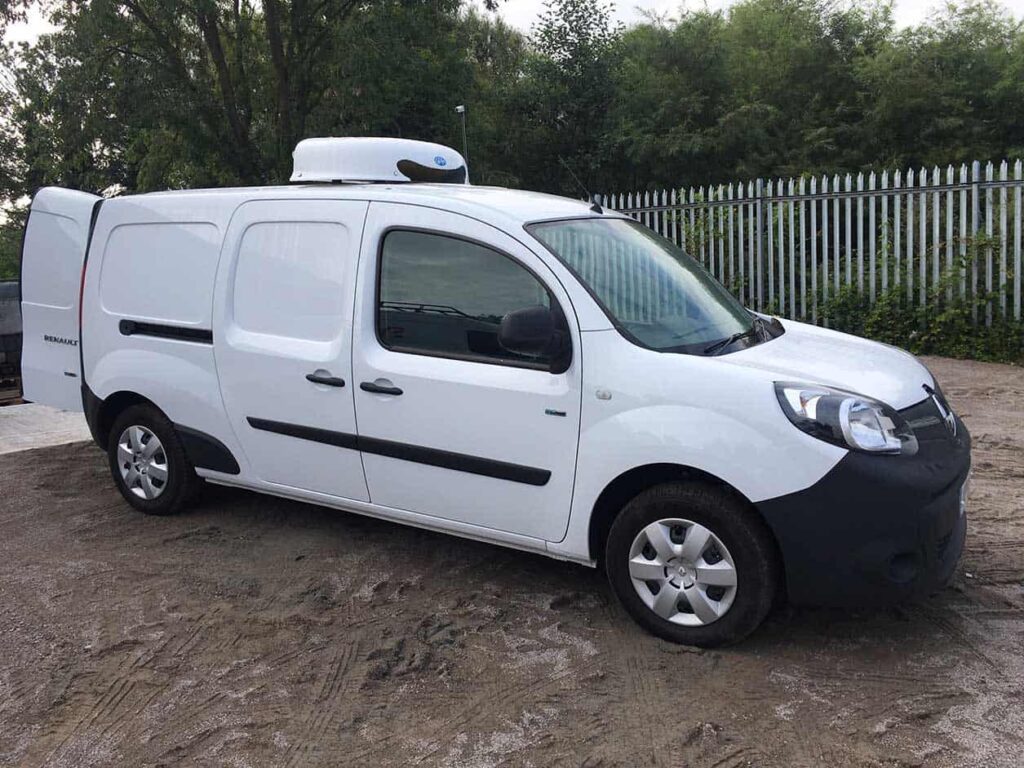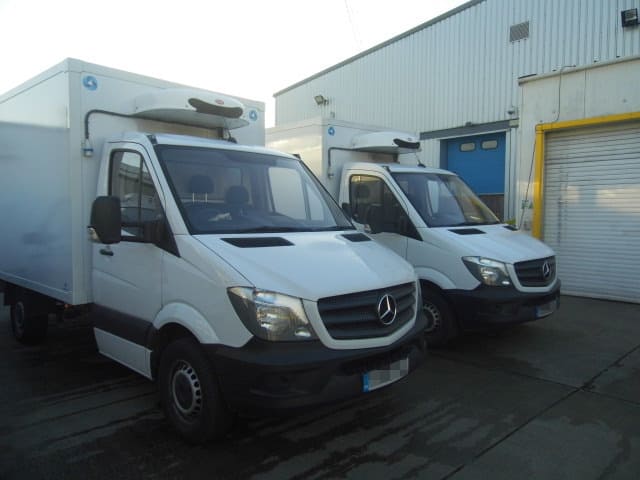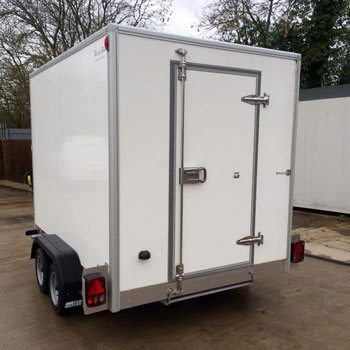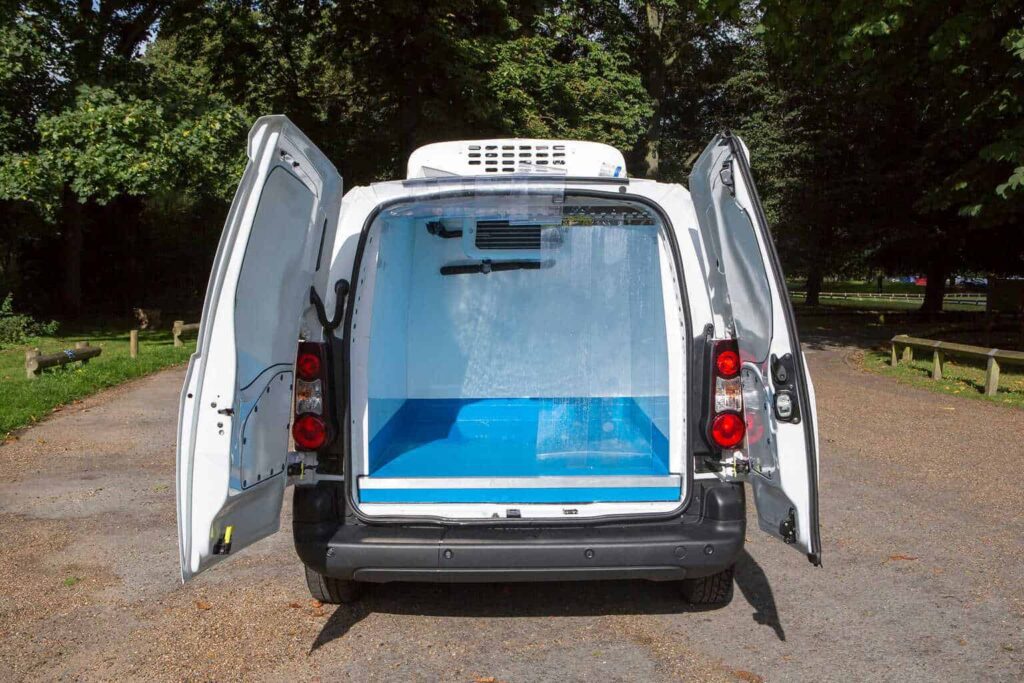Refrigerators are common, everyday appliances and most of us have one in the home that ‘magically’ keeps all our food and drink cold.
Getting a refrigerator to work on the back of a van is another thing altogether. While it works in the same way, there are differences, most notably how the unit is powered.
Not everyone who hires a van from FridgeXpress wants to know how the refrigeration unit works, of course, but quite a few do. To help, we’ve put together this quick guide so you know what’s going on in the back while you’re transporting your goods from one part of the country to another.
Understanding your refrigerator unit in more detail can also help you if something does go wrong while you’re transporting goods from A to B.
A Quick Guide to Refrigeration
Before we had big fridges and freezers, we had to try and keep food cool in different ways. Many homes had a parlour which was a small, cool storeroom out of the glare of the sun. To keep meat and other food from going off, goods were often salted and stored in barrels or dry-cured so they lasted longer. During winter, of course, food could be stored outside in the cold.
The modern refrigerator is quite a remarkable piece of engineering when you think about it. It’s one of those things that defies logic if you don’t have a science background.
Have you ever wondered why the rear of your fridge is hot and the inside so cool? Well, it has everything to do with that series of tubes at the back and the natural process of evaporation.
Put a drop of pure alcohol on your skin and you’ll feel it evaporate at room temperature. The sensation you feel is the cooling effect of evaporation and this is exactly how refrigeration units work. In the pipes of the fridge, there is a refrigerant that turns into a gas when it absorbs heat and once it does that it starts to cool down the things inside.
There are several different components to a refrigerator unit:
The Evaporator
The most important unit in any refrigerated van is the evaporator. This is a bunch of metal tubes that contain your refrigerant and which are designed to cause maximum heat transfer.
When the unit is switched on, the evaporator draws in the heat from the surrounding interior of the van. This in turn causes the refrigerant to evaporate, producing a cooling effect. There’s a fan that blows over the evaporator and which distributes the cold air back into the cabin so it’s even and covers the front to back.
The Compressor
If this process happened just once, what you’d find is that the cabin would cool once and then it would start to warm up again. To keep it going, the refrigerant needs to be removed, heated up again at high pressure and then reintroduced into the system. The component that does this is the compressor.
Without it, your refrigerator unit would only be good for one cooling and then you would have to replace the refrigerant or wait until it returned to liquid which could take some time. Instead, what you get is a constant cycle with the refrigerant turning to gas and then back to liquid providing constant cooling.
The Expansion Valve
The other thing you need to control in a refrigerator unit, of course, is the temperature. Most refrigerated van drivers know that if the cargo space is too hot or too cold it can seriously affect their stock. The expansion valve or capillary tube is the component that helps control the temperature in modern vans.
The temperature in a refrigerated van can be controlled by a thermostat. Most modern vehicles today have an electronic control system which is easy to use and can often be controlled from the driver’s cabin.
While the most important part of a refrigerated van is the refrigeration unit, the walls, ceiling and floor of the van or truck also need to be well insulated. This is one of the areas where mistakes are made when converting a standard van to a refrigerated one.
The insulation ensures that the refrigeration system can work efficiently, delivering more cooling for less power (and less cost). If your van breaks down and you lose power, that insulation will ensure that your stock stays safe for the time it takes to get the repair company out or swap your stock to another vehicle.
The food and drink industry depends a lot on refrigerated vans, of course. The purpose of these vehicles is not to keep food stock cool, however, but to allow businesses to deliver safely and within current regulations to a variety of different destinations.
How Are Refrigerated Vans Powered?
Unlike your fridge at home, refrigerated vans do not have access to the mains supply. They have the benefit of the van’s motor which generates enough energy to not only drive but run the refrigeration unit as well.
For vans that are likely to be stationary for some time, this can be inefficient and cost extra money – that’s why a separate generator can be used, as it is on large, refrigerated trucks that travel across the UK and Europe with big loads and sometimes have long waits.
Modern refrigerated vans are a lot more hi-tech than they used to be, of course, giving businesses full control of the temperature as the transport goods such as food and drink or pharmaceuticals across the UK.
If you’re looking to hire, contract hire or buy a new refrigerated van, FridgeXpress are one of the leading specialists in the UK. Contact us today to find out how we can help.




